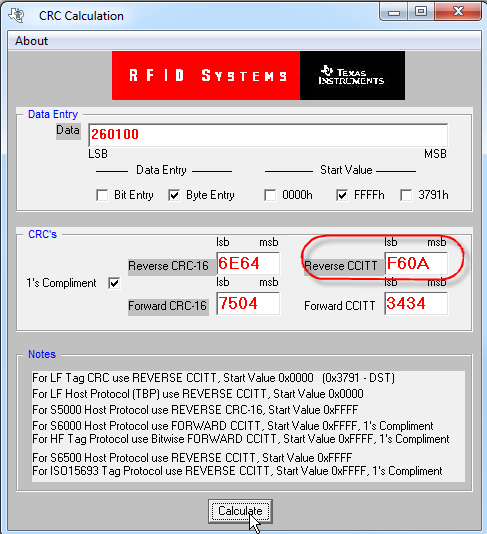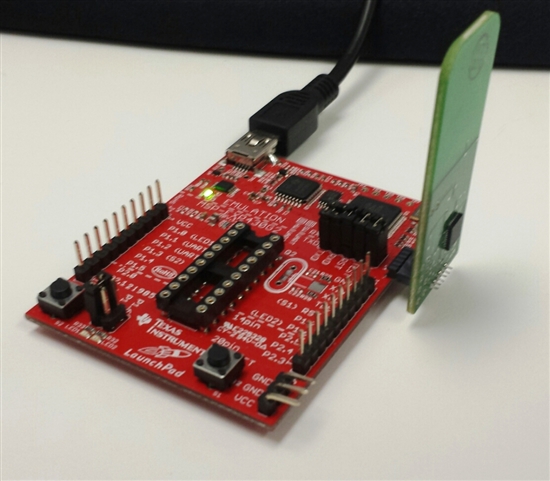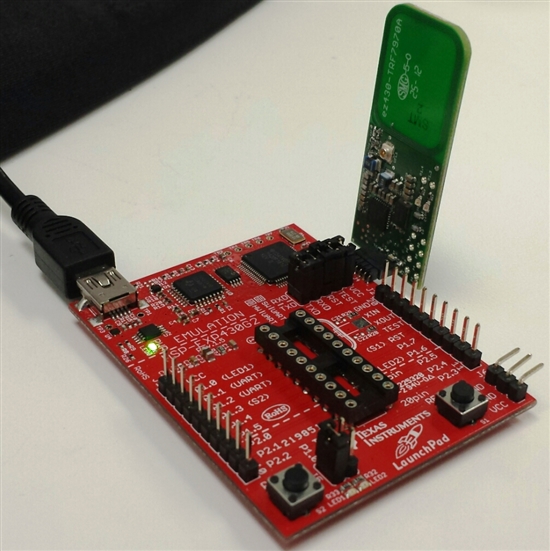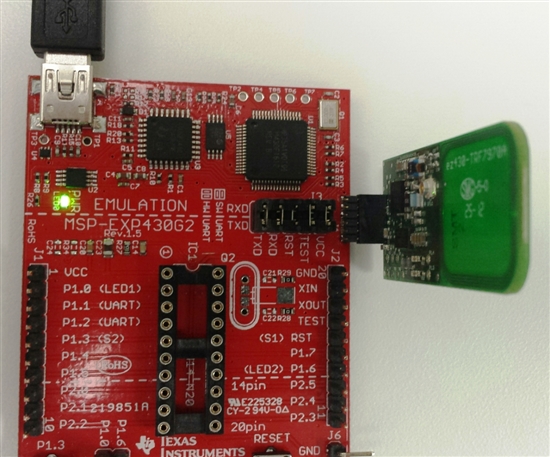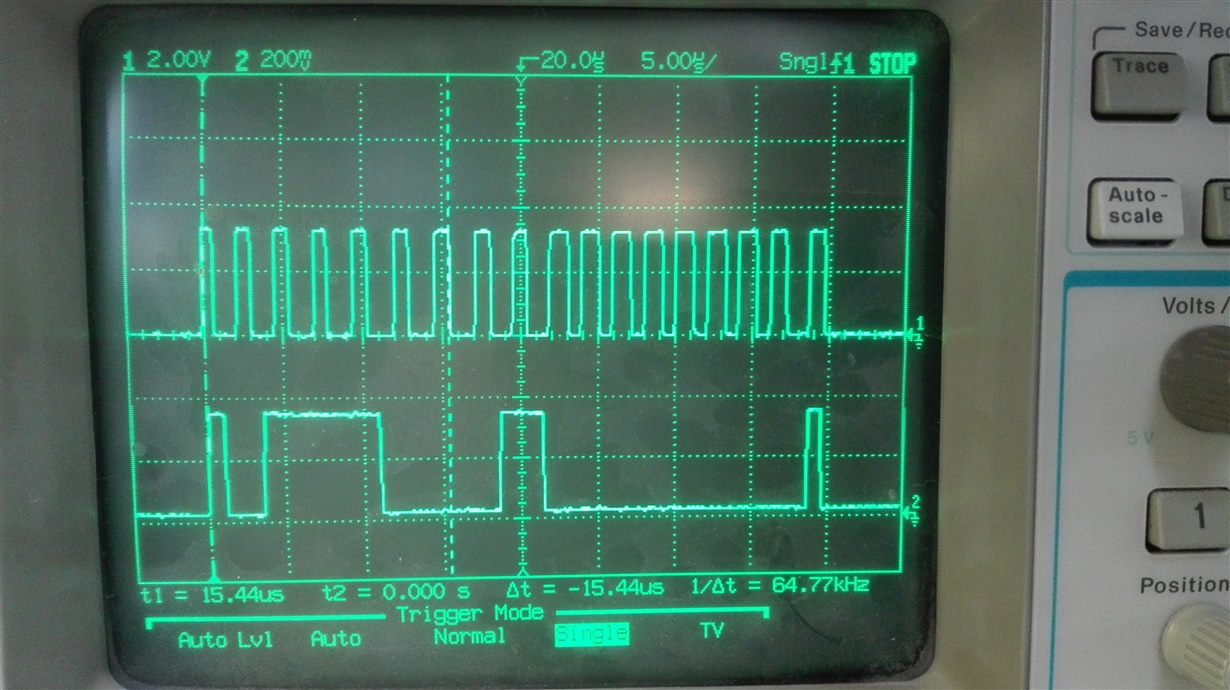I want to use RI-R6C-001A along with Tag-it HF Sandard Transponders inlays.Does anybody has an example software? I cannot undersand how to implement the tag-it transponder protocol in software.I need some starting guidance.
-
Ask a related question
What is a related question?A related question is a question created from another question. When the related question is created, it will be automatically linked to the original question.


